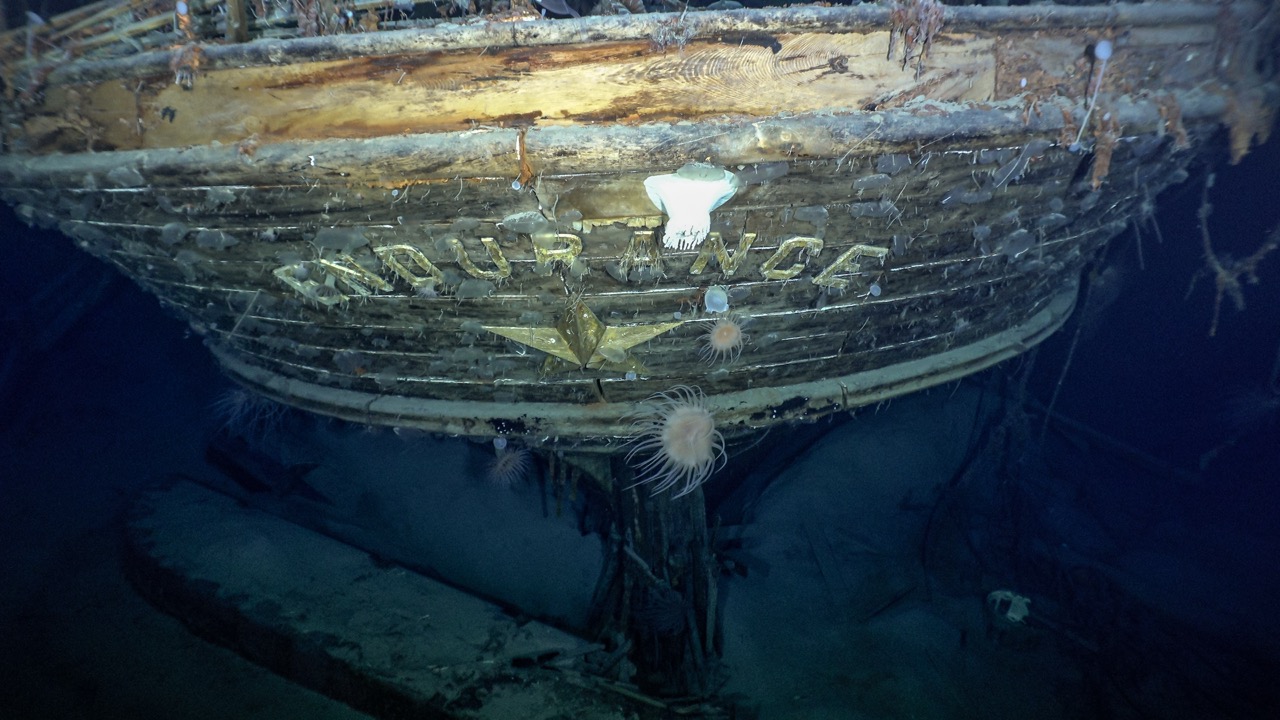

In 1914, Sir Ernest Shackleton and his crew of 27 set out aboard Endurance to complete the Imperial Trans-Antarctic Expedition, the first crossing of the southernmost continent. The peril that ensued saw the loss of their ship in the most inhospitable place on Earth. Nearly two years later, all 28 men returned home alive.

This project seeks to create one of the most thorough repositories of facts relating to the Imperial Trans-Antarctic Expedition. Using academic sources and crew diaries, the blog contains daily logs of the crew's experiences. This is not a dramatic retelling or structured narrative, but rather a collection of facts, figures, and information about the expedition and its participants. It is intended to be a resource for those interested in the raw history of Endurance and the incredible true story of survival against all odds.
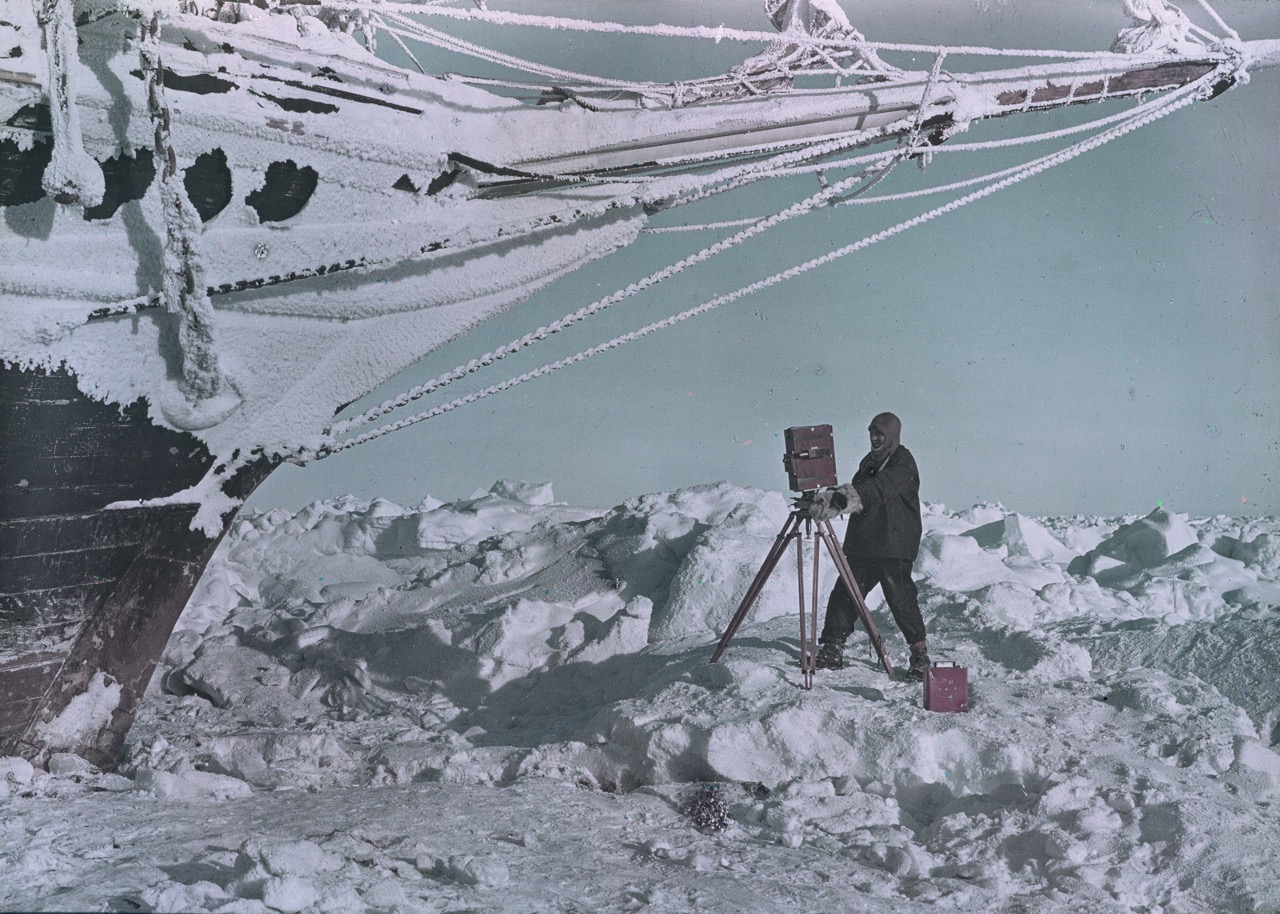
In 1912, Irish polar explorer Sir Ernest Shackleton began formulating a plan: to undertake the first crossing of the Antarctic continent, from the Weddell Sea to the Ross Sea. Endurance was chosen as the ship for this perilous journey, and it set sail from Plymouth in August 1914, just as World War I was beginning. After a stop in Buenos Aires, it reached the island of South Georgia in November, and a month later set out for Antarctica.

By late January of 1915, Endurance became beset in the pack ice of the Weddell Sea. The crew maintained a routine and under Shackleton's leadership morale was kept surprisingly high. As the months dragged on, the millions of pounds of pressure from the ice caused the ship to slowly buckle. In October 1915, after eight months of mounting pressure, the crew finally abandoned ship. It sank a month later.
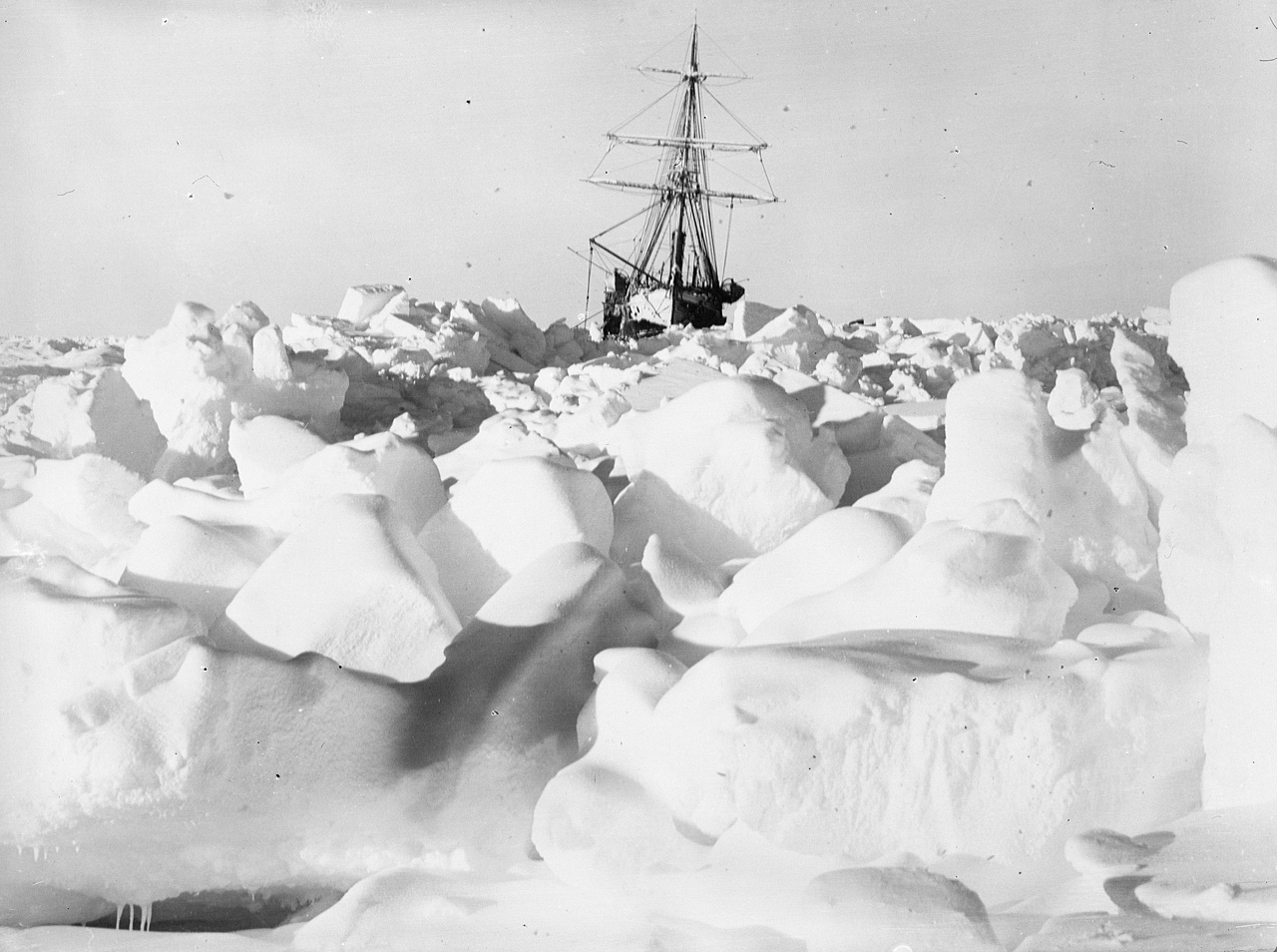
The crew was forced to setup camp on top of the unstable floes. For months they endured blizzards, repetition, and no hope of rescue. After five months, they set out again, sledging their lifeboats and supplies until they reached enough open water to set out in their three boats: the James Caird, the Dudley Docker, and the Stancomb Wills.
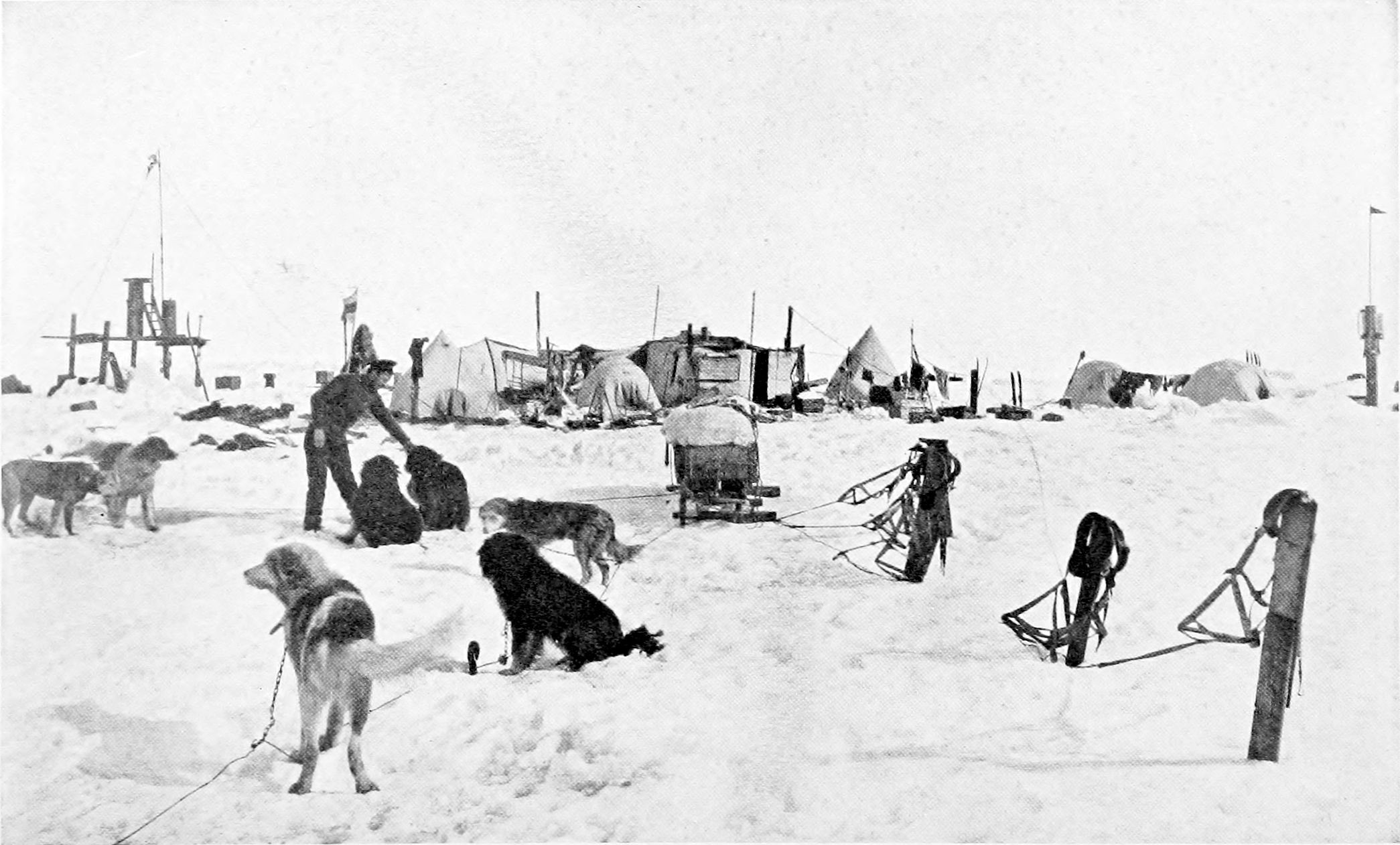
After six grueling days of bitter cold, icy waters, and little food or rest, the three boats reached Elephant Island, a remote and uninhabited island in the South Shetland Islands. For the first time since leaving South Georgia over sixteen months earlier, they were on land. However, the island had never been visited by any ships before, and the chance of rescue was near zero. Shackleton knew he must seek help or risk his crew dying on a forgotten island.
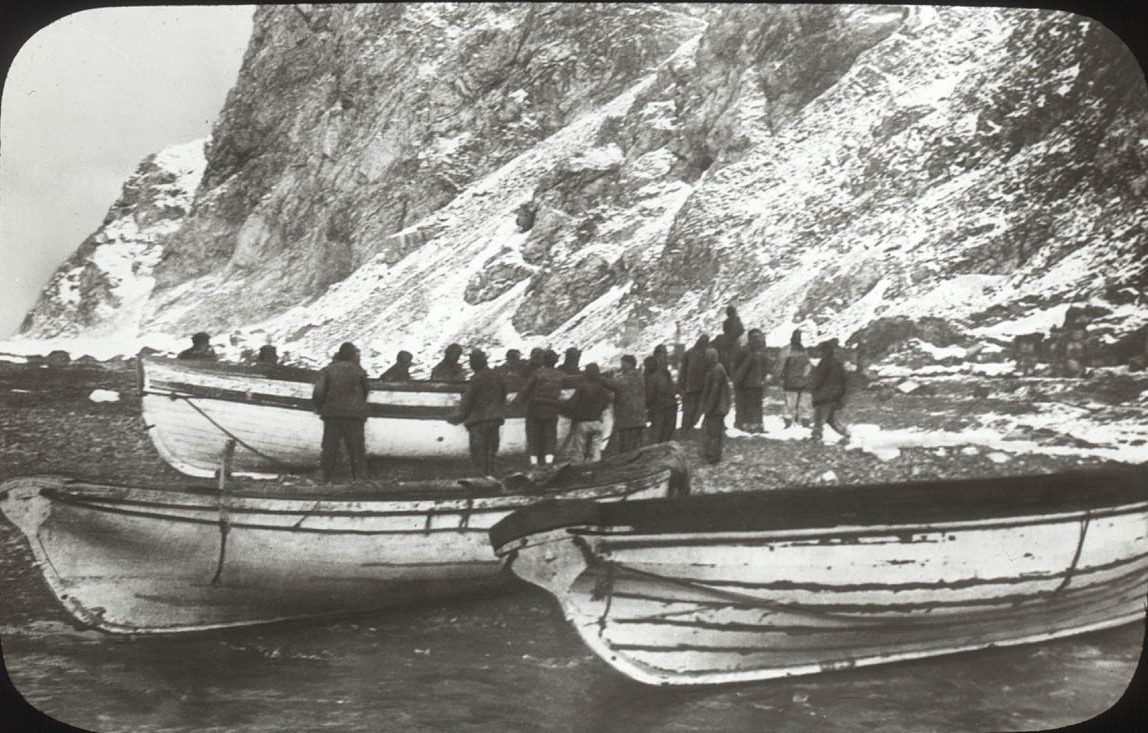
A week later, Shackleton and five of his crew set out on the James Caird, one of the lifeboats salvaged from the Endurance. They faced an 800-mile journey to South Georgia in the treacherous Southern Ocean. After sixteen days, battling towering raves and violent storms, they finally reached the island. But, they landed on the west end of the island—the only occupied outposts were on the east side. And no one had before crossed the island's unmapped interior for good reason: it was considered impossible.

Shackleton had only one choice: cross the island or die. Shackleton, Captain Frank Worsley, and second officer Tom Crean set out on foot. They had limited time: their food supplies were dwindling, and they could only weather one or two nights in the freezing conditions. The trio faced treacherous terrain, including steep mountains and deep crevasses, but they pressed on, finally reaching the Stromness whaling station in late May 1916.
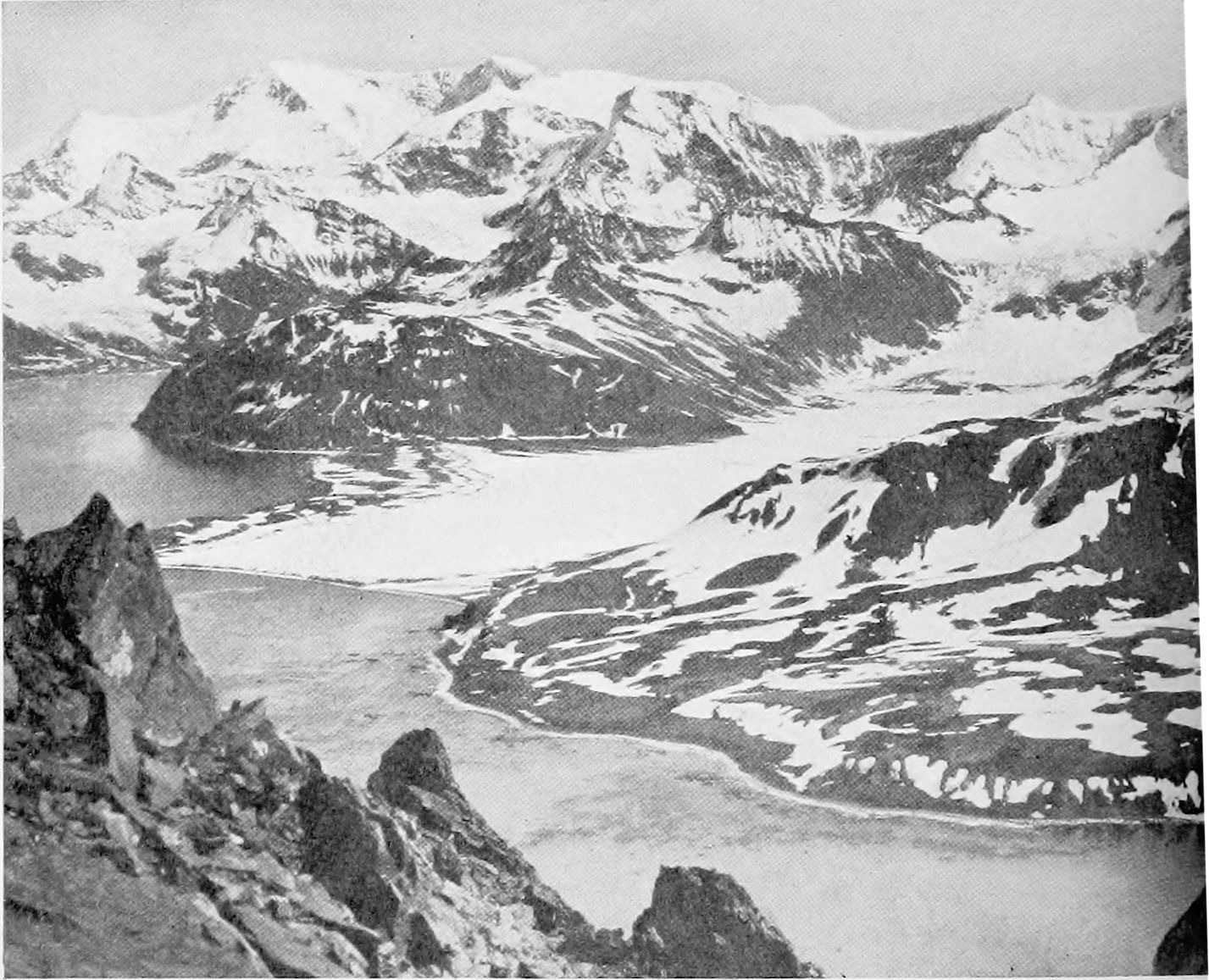
On Elephant Island, the remaining crew waited anxiously for any sign of rescue. For months it did not come. They began to lose hope and had to finally consider the most plausible scenario: the James Caird did not survive the journey. Then on August 30, 1916, after more than four months of waiting, the Chilean tug Yelcho arrived with Shackleton aboard. It was his fourth rescue attempt; three prior ships were unable to get past the pack ice surrounding the island. But after 20 months of hardship, the entire crew was finally safe.
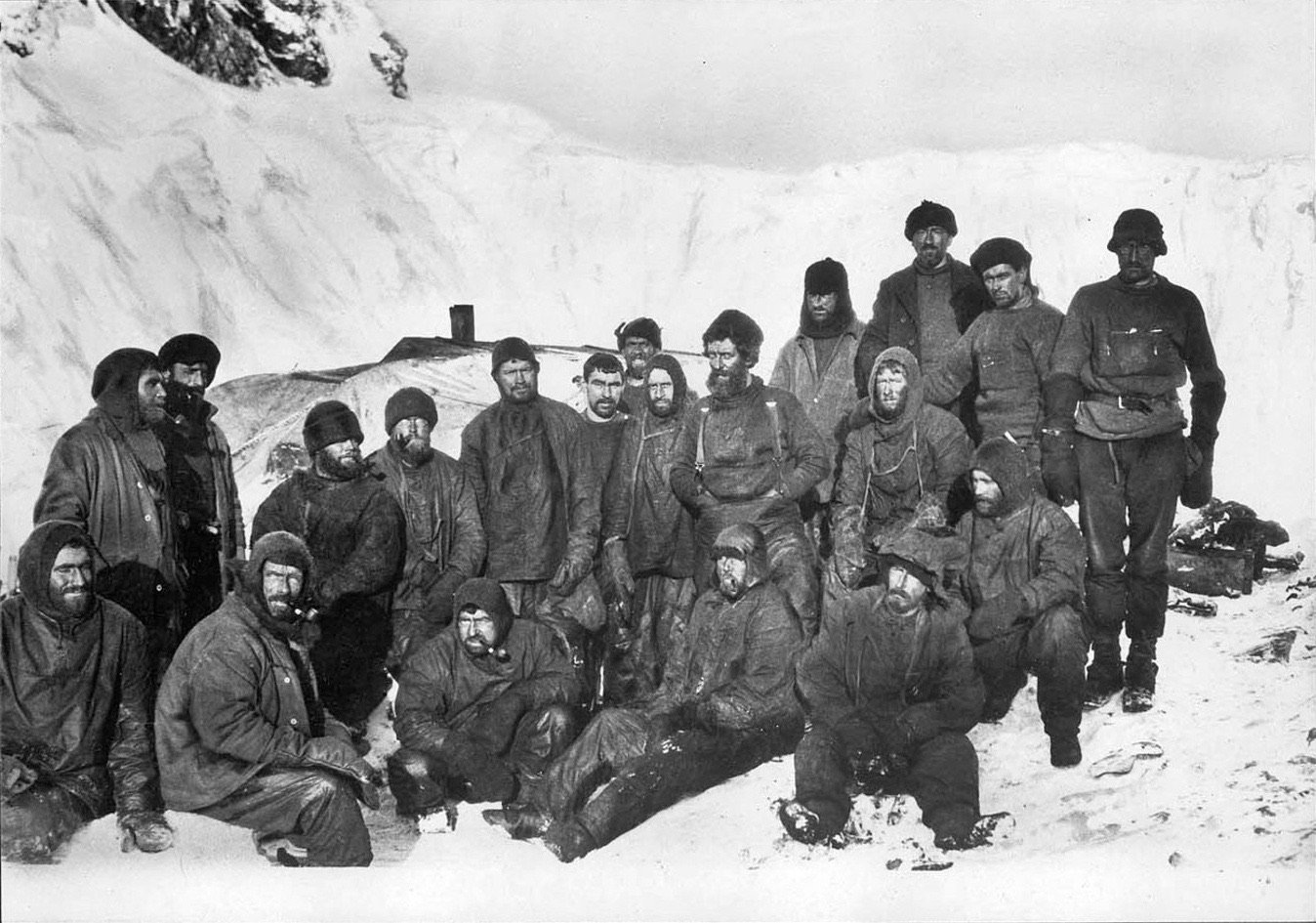
Shackleton's Weddell Sea party was not the only group involved in the expedition. A second group, the Ross Sea party, was tasked with laying supply depots across the Great Ice Barrier from the Ross Sea to the Beardmore Glacier. Their ship, SY Aurora, became trapped in the ice and drifted away, leaving ten men marooned on the ice without the proper supplies they had intended to bring.
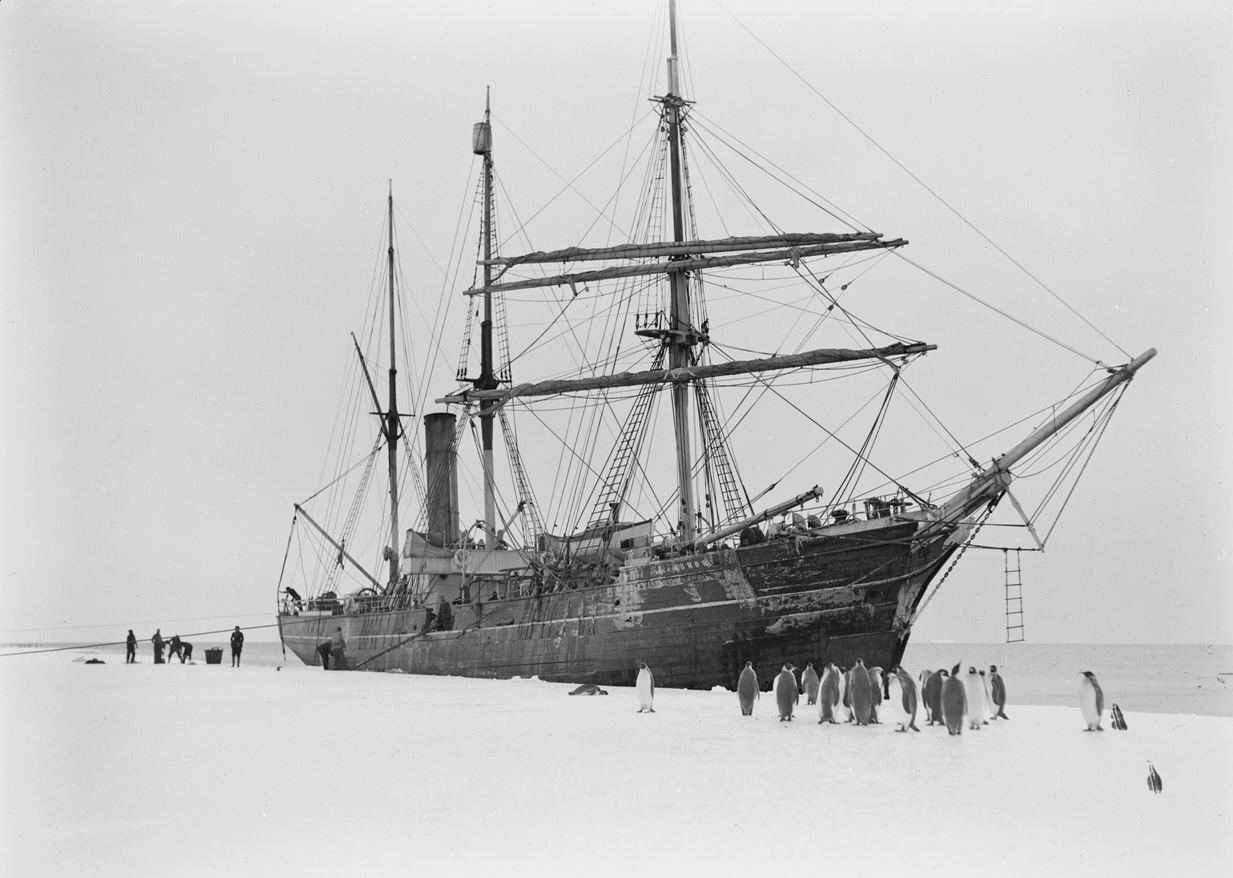
The Ross Sea Party, under the command of Aeneas Mackintosh, knew that Shackleton's crossing would not be possible without the supply depots. The team set out with limited supplies and endured extreme weather conditions, starvation, and frostbite. Three members of the party—Arnold Spencer-Smith, Victor Hayward, and Mackintosh himself—died during the mission. Despite these losses, they completed their mission. They were finally rescued by Shackleton himself in 1917.
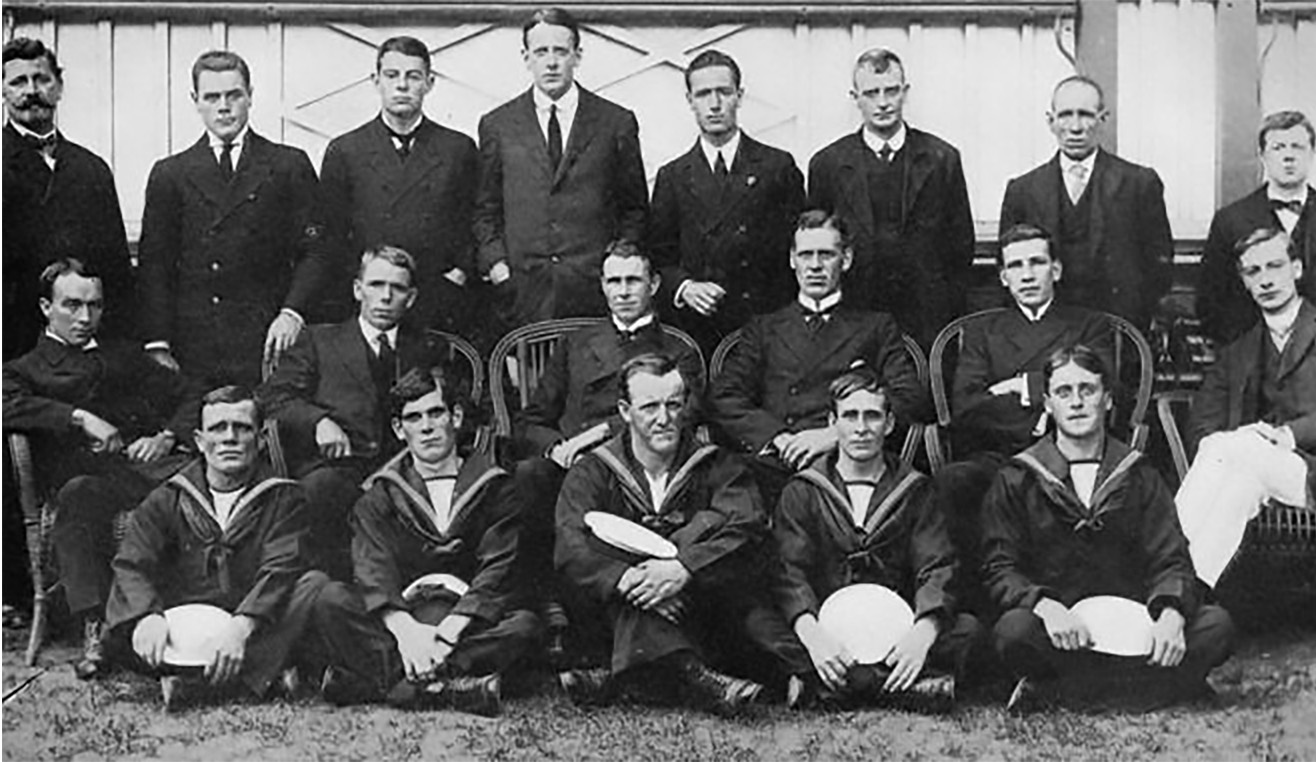
The crew of the Endurance had overcome overwhelming odds and survived what no one thought impossible. Their story became a testament of endurance. Sir Ernest Shackleton became a symbol of leadership and resilience. The story of Endurance has never ceased to captivate the world, and in 2022, an expedition located the wreck of Endurance. The wreck remains a protected site, with the name "Endurance" still present on the ship's stern.
Endurance22, CC BY-SA 4.0, via Wikimedia Commons.
